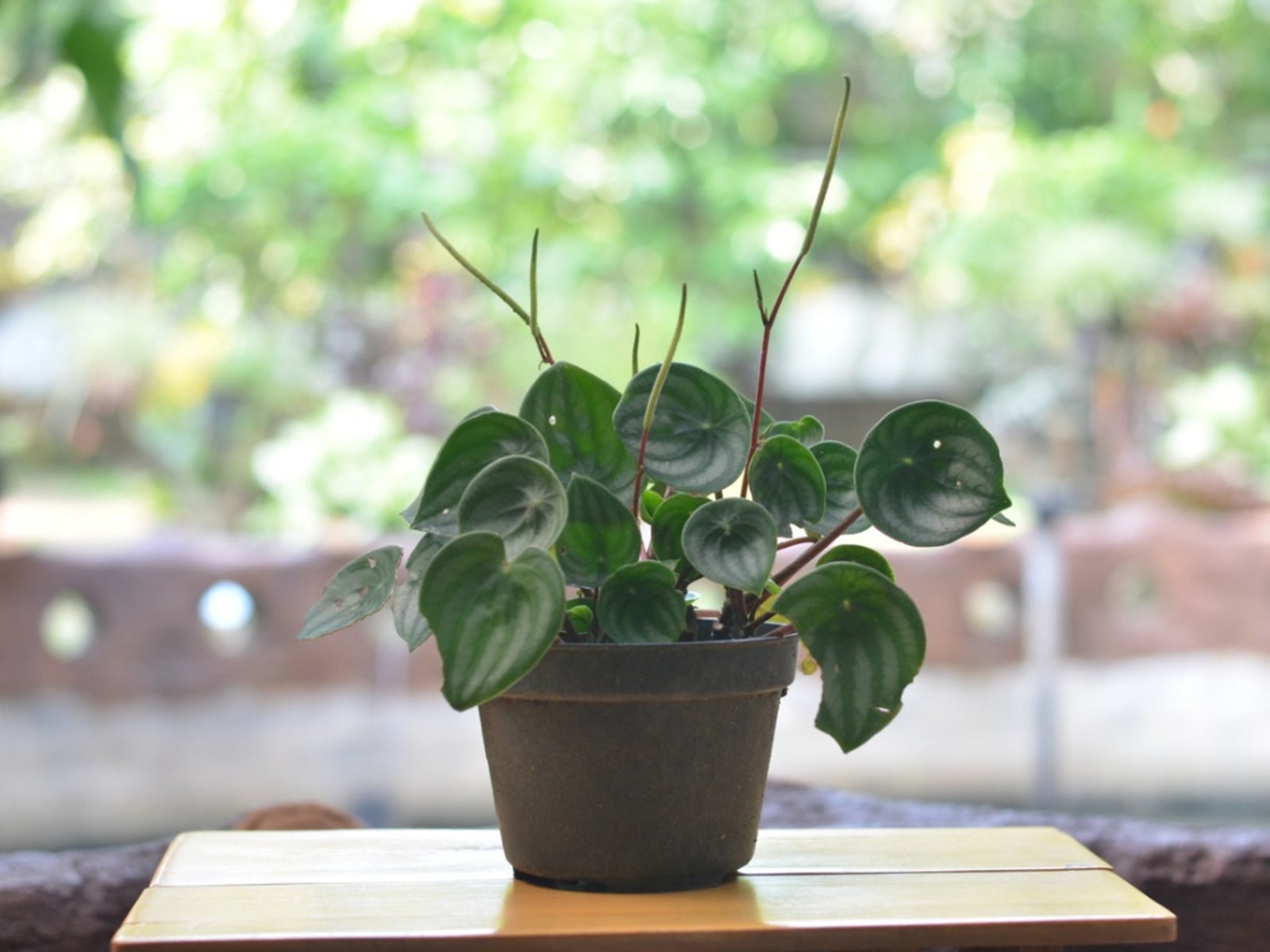Types Of Peperomias: Tips For Growing A Peperomia Houseplant


The Peperomia houseplant is an attractive addition to a desk, table, or as a member of your houseplant collection. Peperomia care is not difficult and Peperomia plants have a compact form that lets them occupy a small space wherever you choose to place them.
Types of Peperomias
More than 1,000 types of Peperomias exist, but not all are cultivated and grown for distribution to the public. Plant collectors may have an unusual variety, as may arboretums or indoor displays at botanical gardens. Several types of Peperomia houseplants can brighten your indoor displays. Following are some of the most widely available types of Peperomias:
- Emerald Ripple Peperomia: Heart shaped leaves and foliage texture similar to a waffle make growing Peperomia caperata a pleasure. The attractive leaves and stems may have a silvery or burgundy tint peeking through the green.
- Watermelon Peperomia: P. argyreia has silver stripes with elliptical shaped leaves. Both this and the previous Peperomia plant reach only 8 inches (20 cm.) in height and width if planted in a container large enough to allow for root development. Plants have a mounding habit with draping leaves.
- Baby Rubber Plant: Peperomia obtusifolia has a more upright demeanor. Some of these types of Peperomias have solid green, shiny leaves, while others are variegated with gold and white coloration.
- P. obtusifolia `Minima' is a dwarf specimen, reaching about half the size of the standard.
Peperomia Care
When growing a Peperomia, locate the plant in a medium to low light situation away from direct sun. You may also grow Peperomia plants under fluorescent lighting. Grow Peperomia plants in a light houseplant mixture with perlite or coarse gravel included to allow roots to receive air circulation necessary for the health and development of your plant.
If your peperomia plants are wilting, in spite of regular watering, the plant is likely not getting enough oxygen to the roots. Water Peperomia houseplants sparingly and allow the soil to dry as deep as 5 inches (13 cm.) between waterings. Fertilize occasionally with a balanced houseplant food after watering. Leach the plant in summer by flushing with water to remove the salts left behind by fertilization.
Repot Peperomias in spring, but keep pots small unless you are growing Peperomia as part of a container combination.
Sign up for the Gardening Know How newsletter today and receive a free copy of our e-book "How to Grow Delicious Tomatoes".

Becca Badgett was a regular contributor to Gardening Know How for ten years. Co-author of the book How to Grow an EMERGENCY Garden, Becca specializes in succulent and cactus gardening.